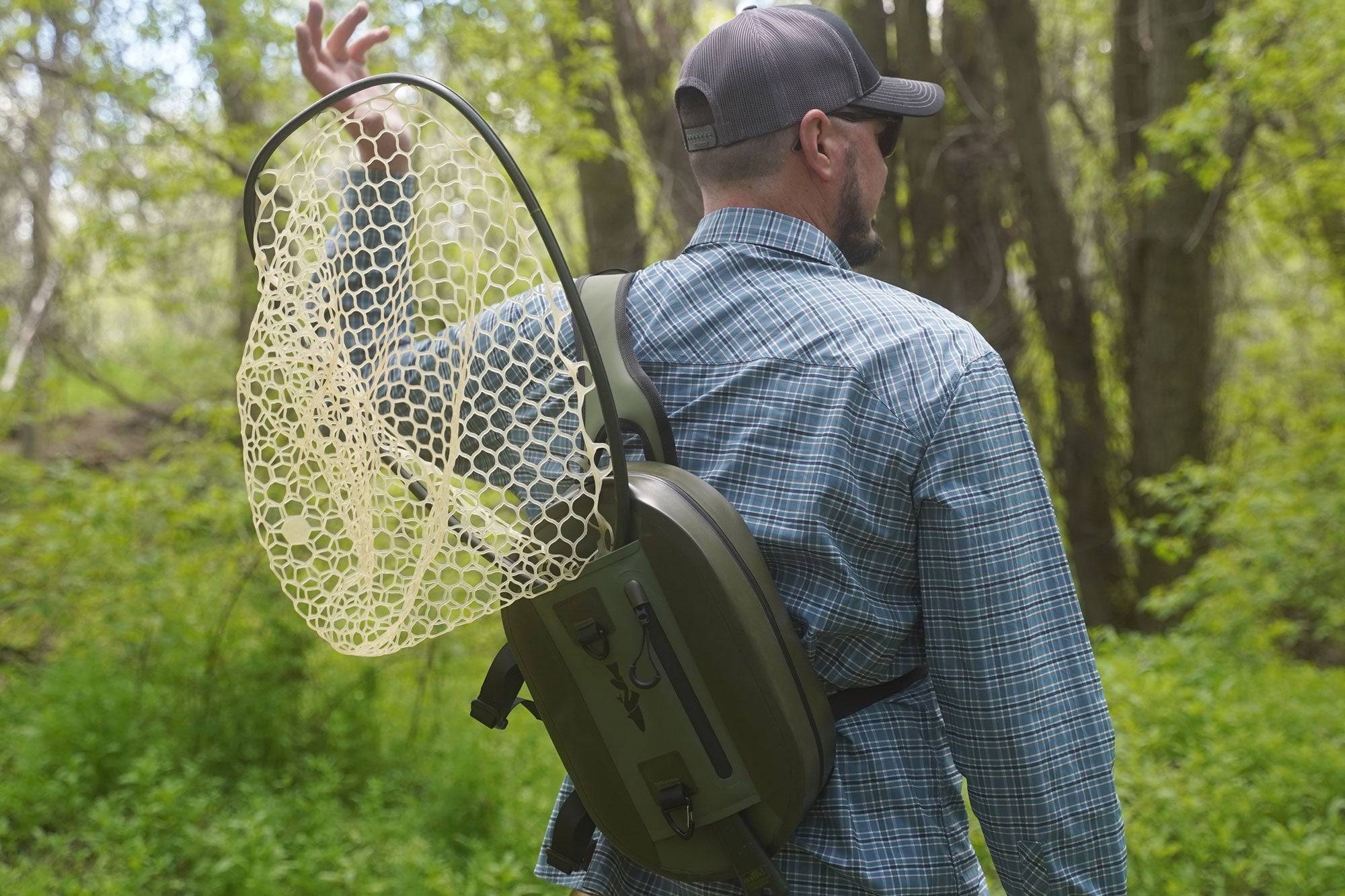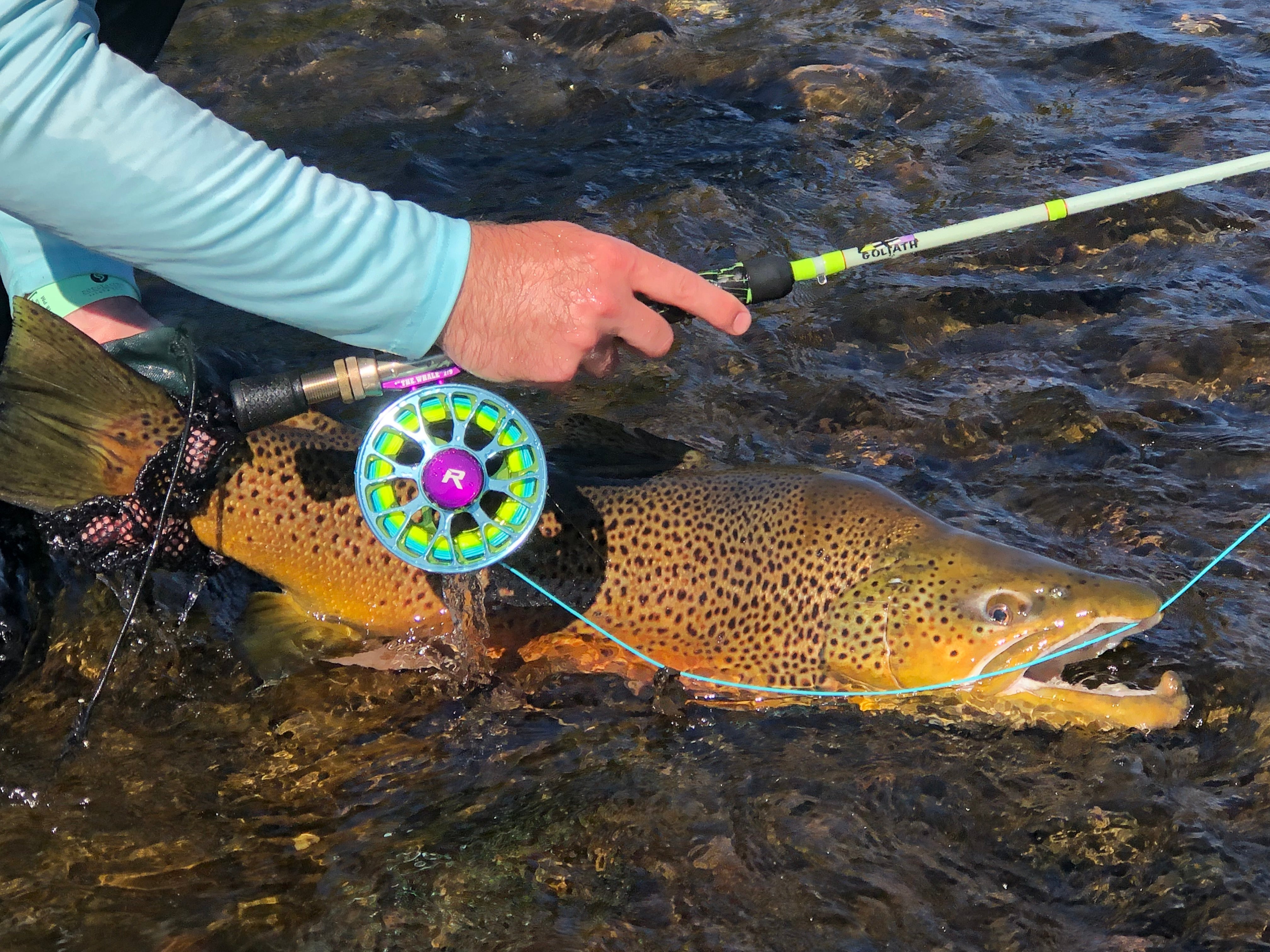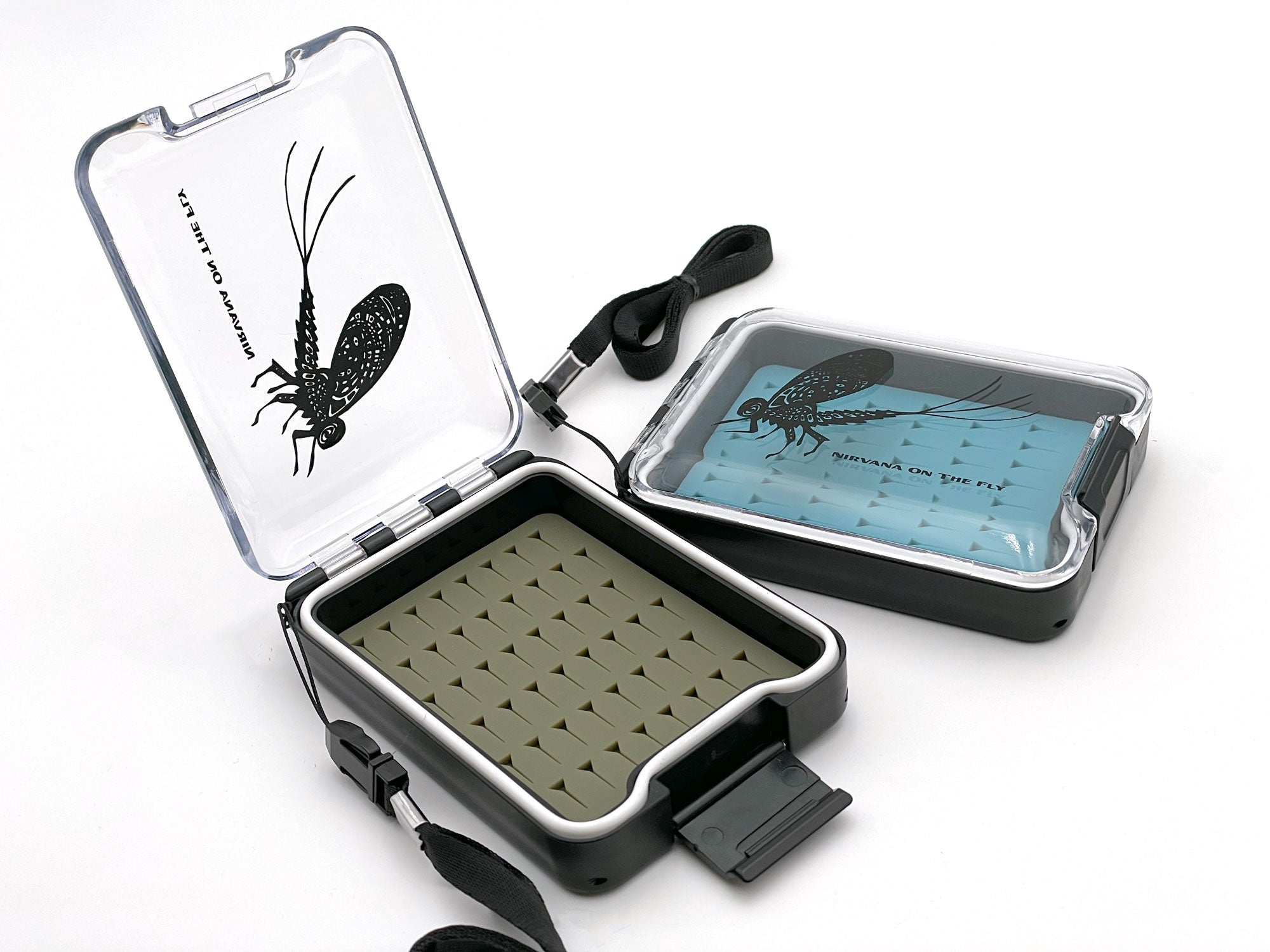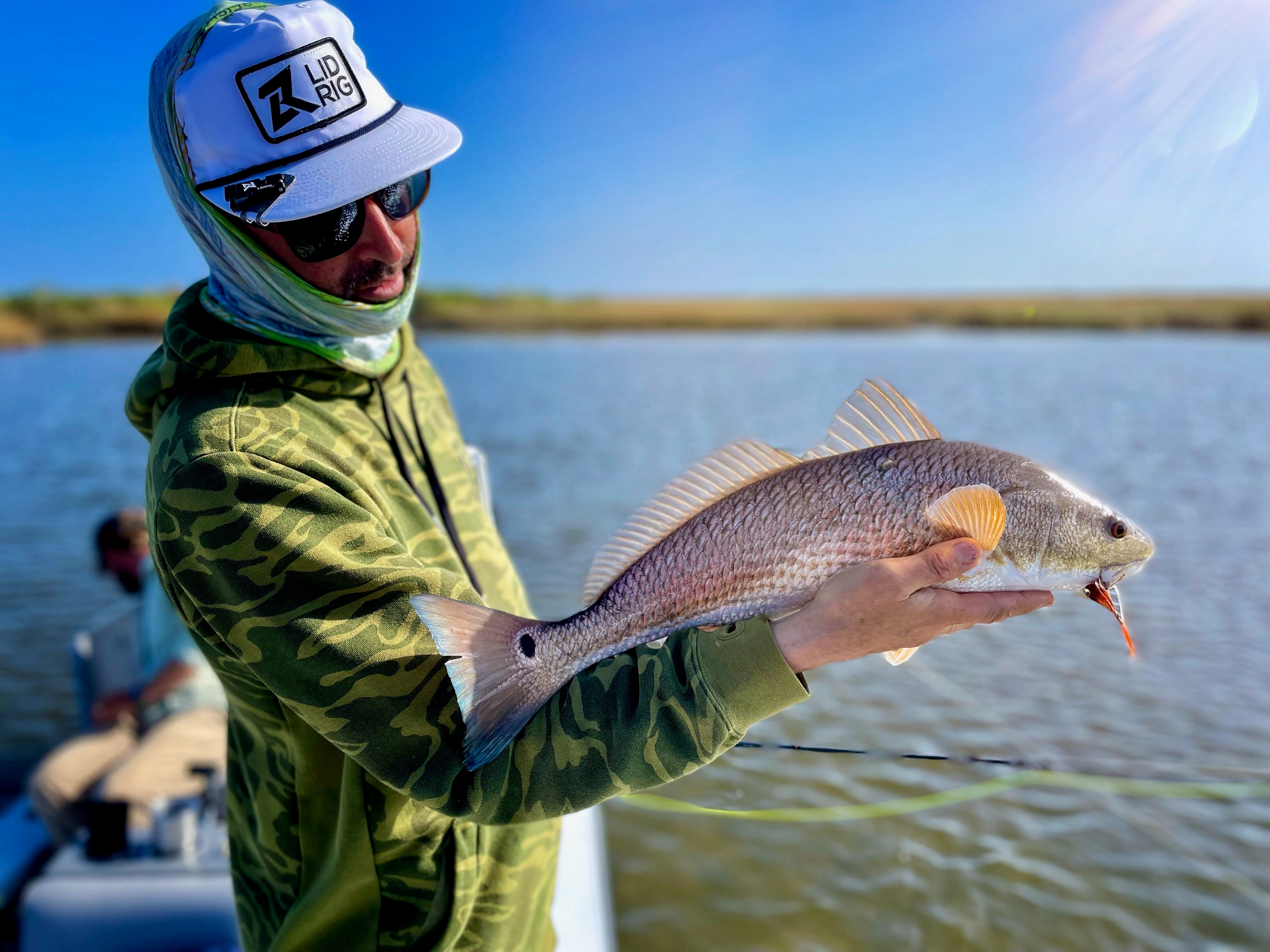Fly fishing, a practice deeply intertwined with understanding aquatic ecosystems, necessitates a refined comprehension of subtle environmental and biological indicators for the optimization of fishing strategies. I’ve synthesized current understandings and observations regarding fin movements, surface breaks, and proximal water disturbances, aiming to arm anglers with a methodical framework to enhance their fly fishing efficacy through strategic adjustments based on these indicators.
Interpretation of Aquatic Behavioral Indicators
Fin Movements as Behavioral Cues
The locomotion of fish, primarily mediated through fin movements, serves as a critical indicator of their behavioral state. Rapid fin movements are typically associated with aggressive feeding behaviors, suggesting optimal conditions for active fishing strategies. In contrast, slower fin movements may indicate a state of caution or rest among fish populations, necessitating a more subdued approach. Observations of fin positioning about the water column provide further insights into feeding depths, informing fly selection and presentation depth.
I can think back through an internal catalog of fish activity and see the subtle differences in fin activity and how they were correlated to outcomes. If you don’t have this internal dialogue in your capability or repertoire then I suggest taking a few outings without a rod to build your observation techniques and begin to understand the subtleties of action fish have in their environments.
Surface Breaks: Indicators of Aquatic Activity
Surface breaks, characterized by fish breaching the water's surface, can denote various behaviors including feeding, predator evasion, or social interaction. A systematic analysis of the patterns and types of surface breaks (e.g., full-body leaps, and dorsal fin appearances) provides valuable information on fish activity zones and potential predatory behavior, guiding fly selection and casting location.
For example, understanding that a full breach is typically the sign of feeding no emergers and not duns. Whereas dorsal nosing followed by air bubbles can be a true sign of feeding on the surface for adult duns.
Proximal Water Disturbances and Fish Presence
The detection of proximal water disturbances—subtle ripples or changes in water surface texture—can indicate the presence and directional movement of fish. This category of indicators requires heightened observational skills but offers significant strategic value by identifying areas of potential fish activity not discernible through more overt signs.
Looking for pushes or “V” like disturbances can give you directional clues. This can be extremely telling and effective in Stillwater scenarios. Helping you align future casts in the path of moving trout.
Methodologies for Enhancing Observational Accuracy
Systematic Observation Strategies
- - Temporal Observation: Allocating initial observation periods before engagement can yield insights into behavioral patterns, enhancing strategy formulation.
- - Optical Assistance: Utilization of polarized sunglasses aids in the reduction of surface glare, facilitating the observation of subsurface behaviors.
- - Elevational Advantage: Observations from elevated positions can augment the detection of surface and subsurface indicators by offering an expanded field of view.
Strategic Angling Adjustments Based on Observational Data
Behavioral Adjustment Strategies
Adaptations in angling strategies based on observed fish behaviors (e.g., adjusting fly size, presentation speed, and depth based on fin movement analysis) can significantly increase fishing success rates. The alignment of fly characteristics and presentation with the natural prey and behaviors observed through surface and subsurface indicators is paramount.
I love targeting fish with a dry dropper setup and this is one of my main behavioral adjustment strategies. I can visually see what has happened during my last cast and adjust. Whether it is my cast so the dropper falls further, going longer on a dropper, heavier on a dropper, or changing things altogether to entice or discourage a flight in fear.
Environmental and Temporal Adaptations
Adjustments to angling strategies in response to environmental conditions and temporal patterns identified through systematic observations can further optimize fishing outcomes. This includes modifications to fly selection and presentation strategies in alignment with observed feeding patterns and fish behaviors.
An example I have of this is fishing the Missouri River in Craig Montana. There was a PMD hatch that was prolific. However, the wind conditions shifted drastically. Although I was set up for success with PMD dry flies and fish were rising. The fish were feeding on drowned adults and emergers. While my fly was dry it was being blown across and off the water. Instead, I left the adult on and tied a weight emerger pattern off the bend that drowned the adult and began to swing flies. This change in environmental conditions and temporary adaptation led to a complete change in productivity.
Conclusion
The empirical analysis of subtle indicators within the aquatic environment, such as fin movements, surface breaks, and proximal water disturbances, offers a robust framework for the enhancement of fly fishing strategies. Through methodical observation and strategic adjustment, anglers can significantly improve their efficacy, aligning their practices with the dynamic behaviors and patterns of fish populations. This approach not only underscores the importance of an empirical, data-driven perspective in fly fishing or angling in general but also highlights the intricate relationship between anglers and the aquatic ecosystems they engage with. Your ability to adapt and have situational awareness is a primary skill set that should have dedicated goals and objectives related to improvement.
Want to get deals on gear, fly fishing trips, and tons of information? Become a member of the Loyalty Club at Fly Fishing Insider Podcast.
Download the Dry Fly Tactics for Selective Trout eBook


By Christian Bacasa
Host of the Fly Fishing Insider Podcast
Fly Fishing Insider Podcast Official Website
Instagram Fly Fishing Insider Podcast
Instagram Dupeafish
Facebook
LinkedIn
Watch on YouTube






